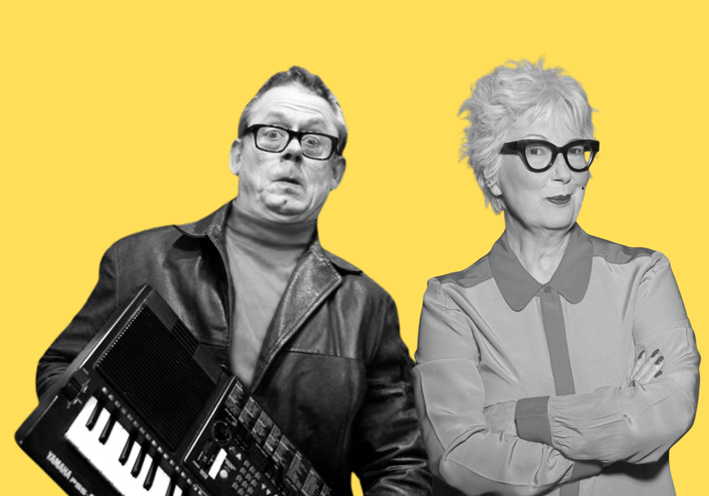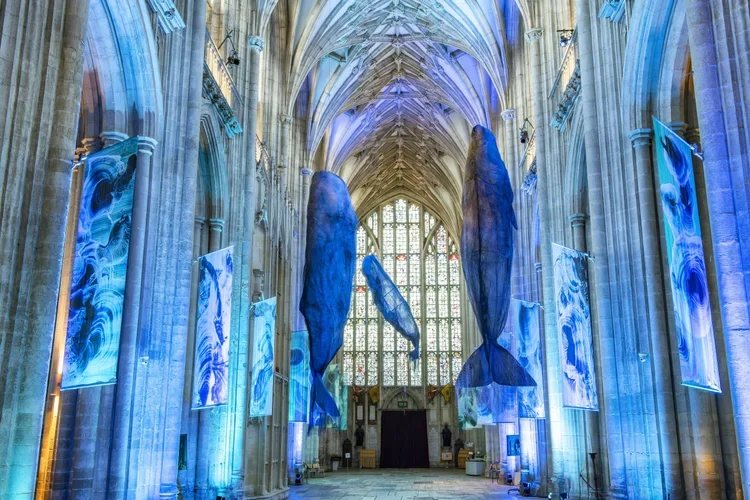Claire Luxton Interview - Nature’s Canvas
Tunbridge Wells artist Claire Luxton explores the delicate equilibrium between humans and nature
From butterflies on Marble Arch to octopi on lighthouses, Clare Luxton’s artwork (@claireluxtonart) explores the delicate equilibrium between humans and nature. Take a look, then take a second look. Is it an animation? Is it a photograph? Is it a painting? The series of complex layers that fits together seamlessly to create each piece might not always be known to the beholder, but that’s all part of the fun.
“For people who don’t know my work or haven’t looked into it, they don’t know what it is,” says Claire. “And I quite enjoy that aspect of the ambiguity of the medium.
“I think often that’s the same with anything in life that’s done well. If you go to an amazing restaurant and you just have tomato soup - which is like the simplest thing that you can just get out of a can - but here it’s amazing, people wouldn’t necessarily know the length that chef has gone to make something that’s quite simple, quite elegant in the same way.”
Working from studios at Tunbridge Wells’s Space2Make, Claire is blending a mixture of modern and historical practices, from poetry to sculpture and photography to digital illustration.
Creating each piece from scratch, building immersive installations that harness nature, Claire has seen her artwork light up the capital’s major landmarks and shopping districts, working with likes of The Crown Estate and brands such as Hendricks, Wedgwood, InterContinental and L’Occitane.
A journey that began with learning how to weld with her father, through UCA Canterbury and eventually specialising in fine art at Goldsmiths, Claire has created her own unmistakable style.
“Whenever people ask advice about finding your style, I say that your style always comes from your authentic voice,” says Claire.” The themes that I’m interested in are the human female form, our exploration of space, vulnerability and nature.”
Claire initially used photography to plan her paintings and sculptures.
“I just became really fascinated with the way in which we engage with the face and how tiny little facial expression changes can convey so much difference”
“I would take photos of incidental things that I’d seen, beauty in the everyday, and how that can be sublime when it’s elevated,” she explains. “And for me, my sculpture and painting was always an exploration of my experience in my body. So my sculptures were always my height and width. It was about me interacting physically with those materials.
“Over a period of time, I started to find the photos that I was taking to almost be more interesting than trying to do something else with them. So when I started using photography as a primary medium – it then only seemed natural that I would be in the photos.”
But while the raw photography ends up on a screen, the sculptural element of Claire’s art remains central to creation.
“I’m building sets, I’m building sculptures within my studio, that I then place myself within,” she says. “But then it just so happens that it becomes a digital artwork at the end of it. The way I formally put the images together is very reflective of art history and painting history. So I guess I ended up using all of my original disciplines to formulate what often ends up being digital work.”
Working with the raw materials of nature, from flora to fauna, Claire looks to build and shoot everything in reality.
“So I use specially-made wigs and lots of taxidermy,” she explains. “I have also worked with real animals.
“Sometimes I’ll have to shoot multiple different elements. And then I composite it together. But everything’s real, there’s zero stock imagery, everything is captured in the studio.
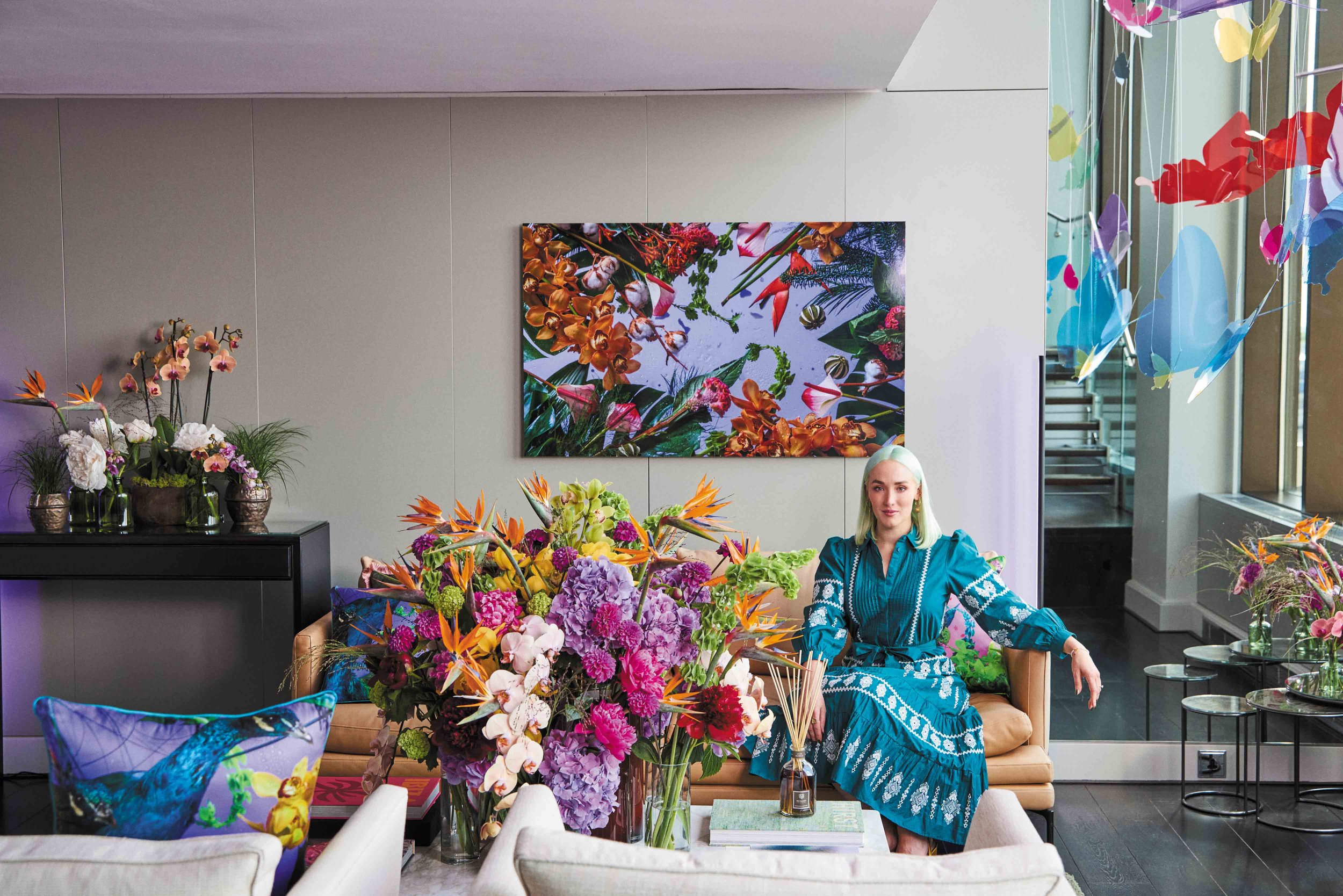
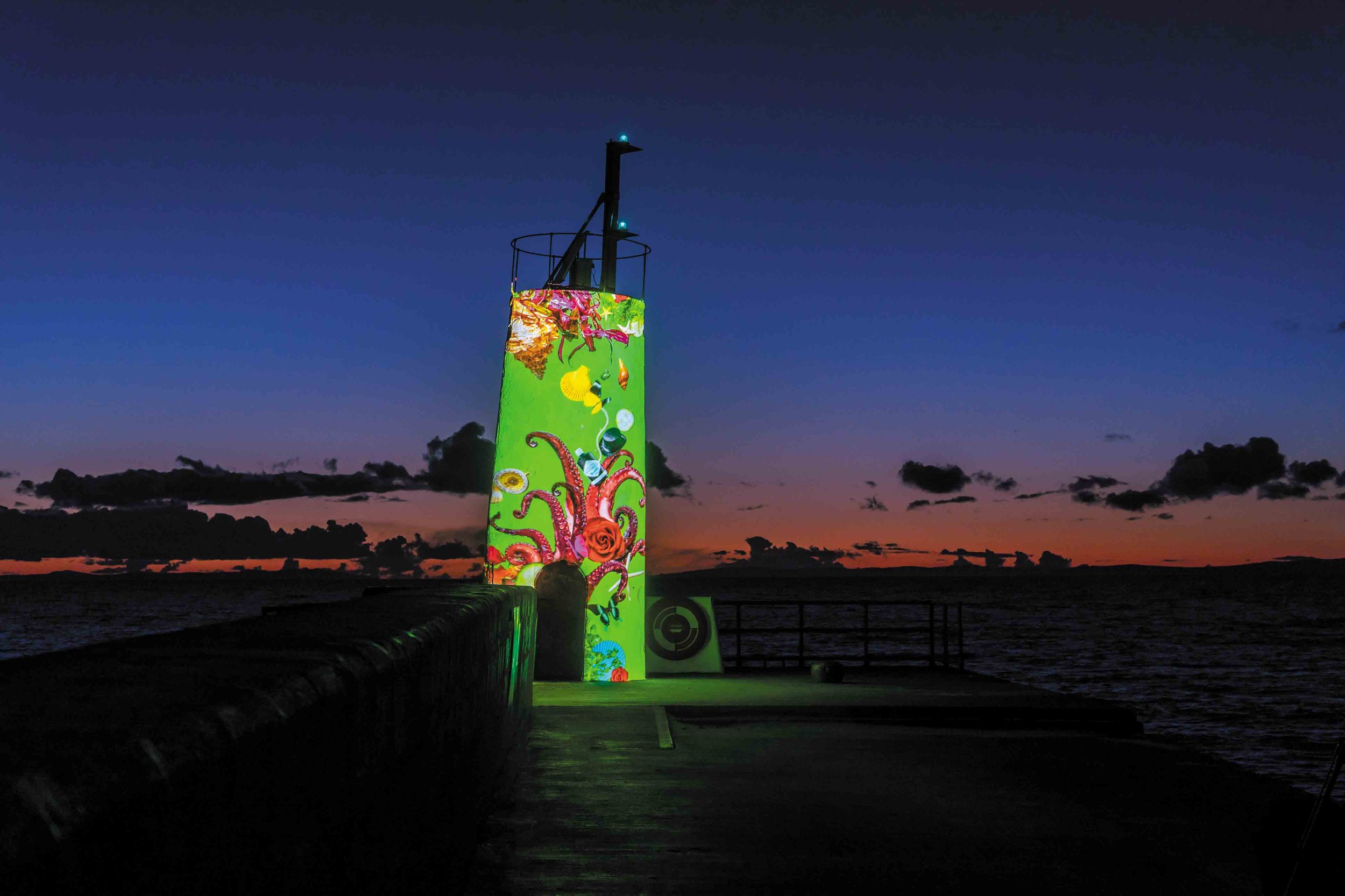
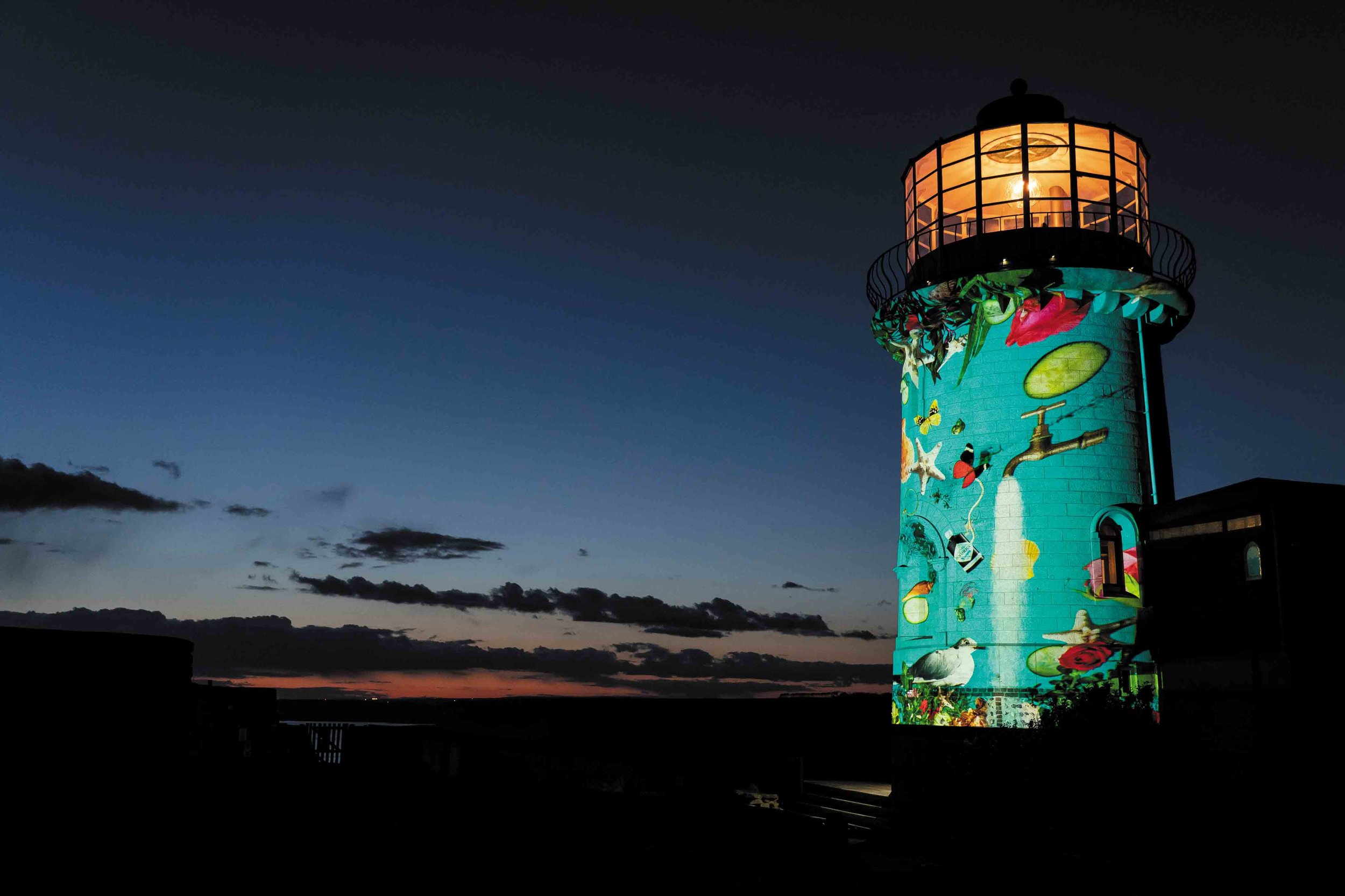

“I’m using that image as the underpainting, like in an oil painting, and then what I do digitally is I go in and I paint in the highlights and the shadows, and additional details like you would in a painting.
“Digitally it’s more turning it into my recognisable style, but what I’m doing in camera is what you end up seeing.”
Some of her more provocative artwork features Claire’s own face painted and enhanced by natural elements to tell a story or perhaps make a statement.
“I became more and more interested in the way in which portraits have been referenced throughout history,” says Claire. “And the way in which, as humans, we’re constantly looking for faces, looking for connection and experience. And I always want to kind of convey a story within my practice. I just became really fascinated with the way in which we engage with the face and how tiny little facial expression changes can convey so much difference.
“I became interested in the face being another canvas and vehicle for me to explore and create these little ecosystems of storytelling.”
On the face is where Claire explores the delicate balance between humans and nature.
“I’m always playing with that, tiptoeing between nature’s vulnerability. But also we’re quite vulnerable to nature and that power play we have with each other. So it felt intimate to use the face close up and then to use the botanicals in that way.”
The level of detail that is picked out and highlighted by the quality of the photography could make even the most self-confident among us slightly more self-conscious. But there is a total detachment from Claire to the characters she is creating in her work.
“I’m so used to my face now,” she says. “It’s never really been about it being a picture of me - I really dissociate from it. Even when I look at the images, I don’t really see myself. I see a story or a narrative or a conversation that I was having at the time with whatever I was thinking when I was making that work. When I’m shooting I very much get into a headspace or a persona because often I write poetry that accompanies the work, or sometimes the poetry comes first. I’m in that character when I’m creating.”
The Metamorphosis light projection onto Marble Arch in London in 2021, which explored “colour, joy, nature and energy, bringing wildlife onto an iconic urban space”, remains a highlight for Claire, who has become renowned for her delivery of thought-provoking public artworks.
“It was just a combination of timing on the actual release of the artwork because it was still on the back end of Covid,” she says. “The combination of the situation, the timing that the artwork was released and the iconic location that it was on. Cyclists and people on their way home from work were stopping when we were trying to do press photography for it. And everyone just wanted to start a conversation. If people want to stop and take a moment out of their day, whether the reaction be good or bad, the fact that they’re having interaction with something that they wouldn’t normally have, is always quite powerful. I feel like art is about asking questions and having conversations.
“I feel like the reception that I got from that piece has always really stuck with me.”
INFO: claireluxtonart.com








